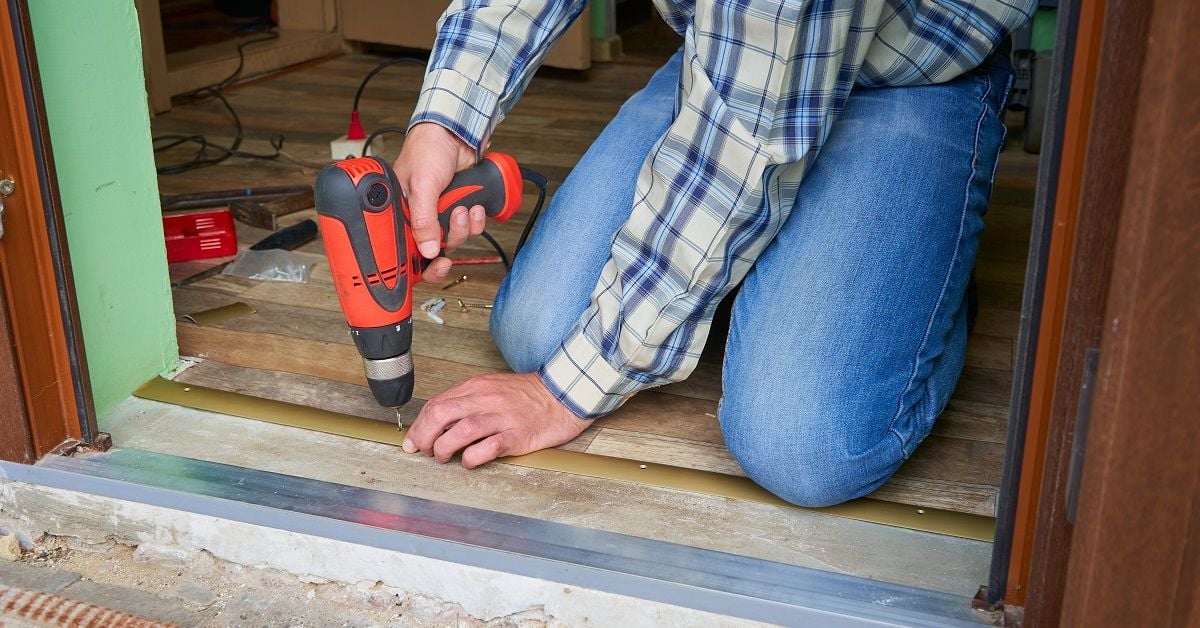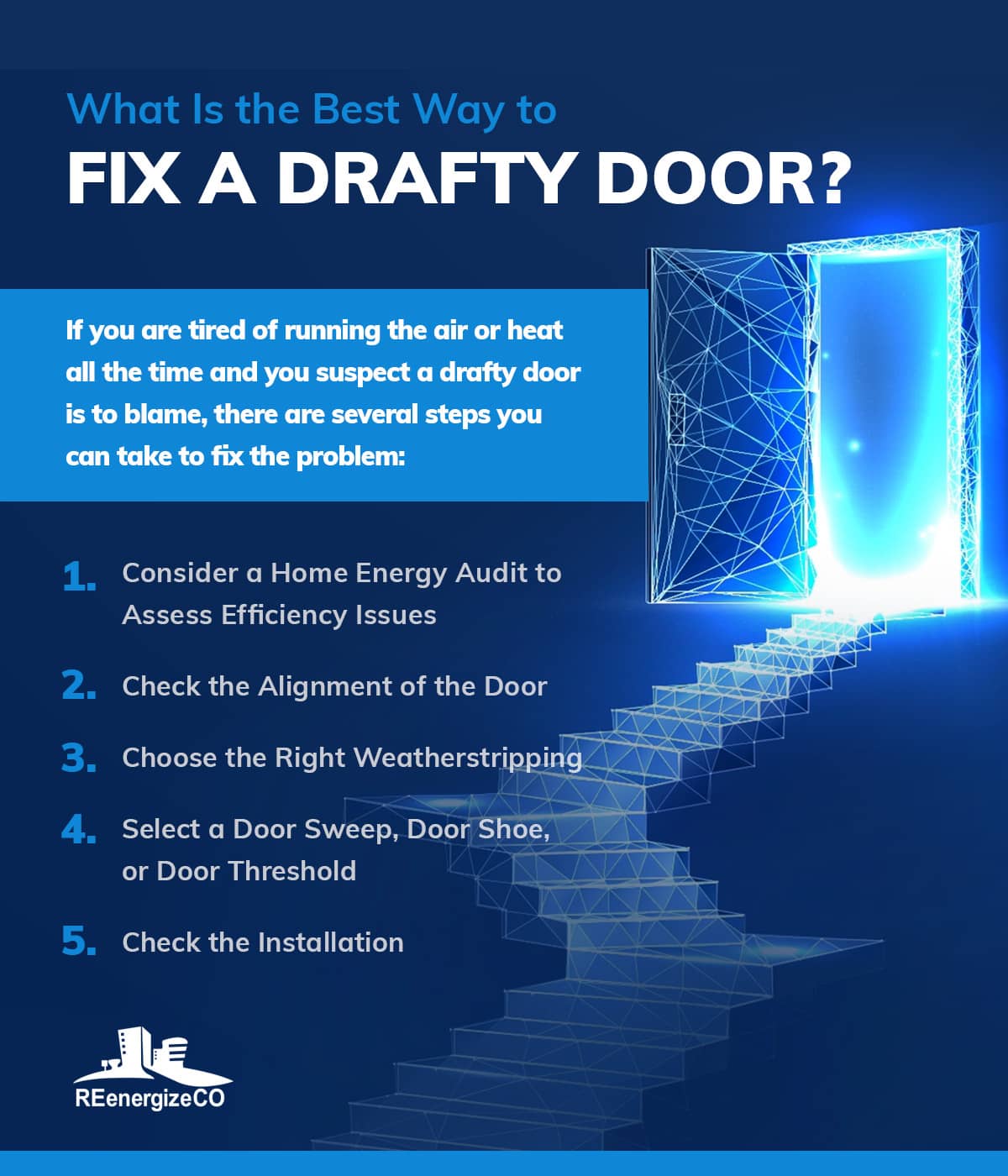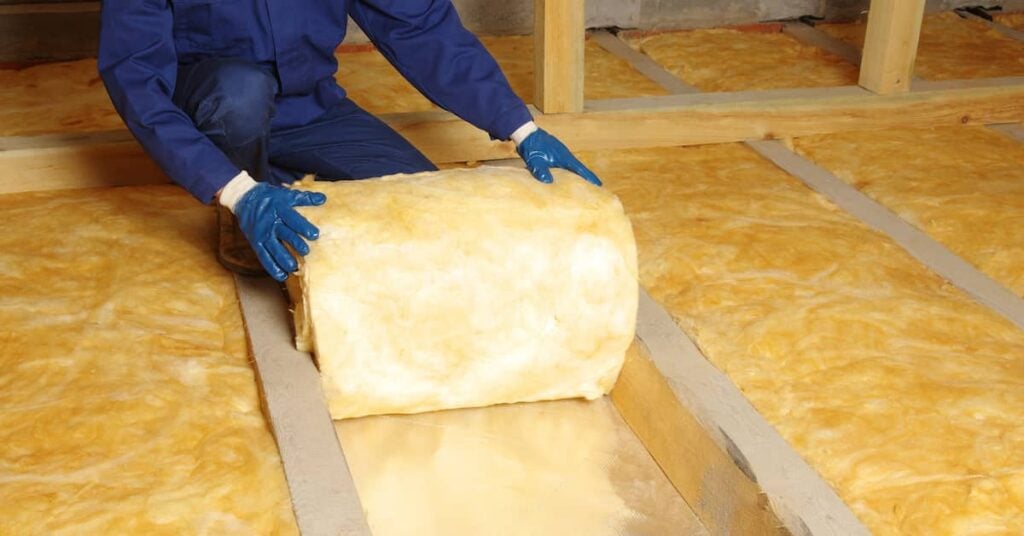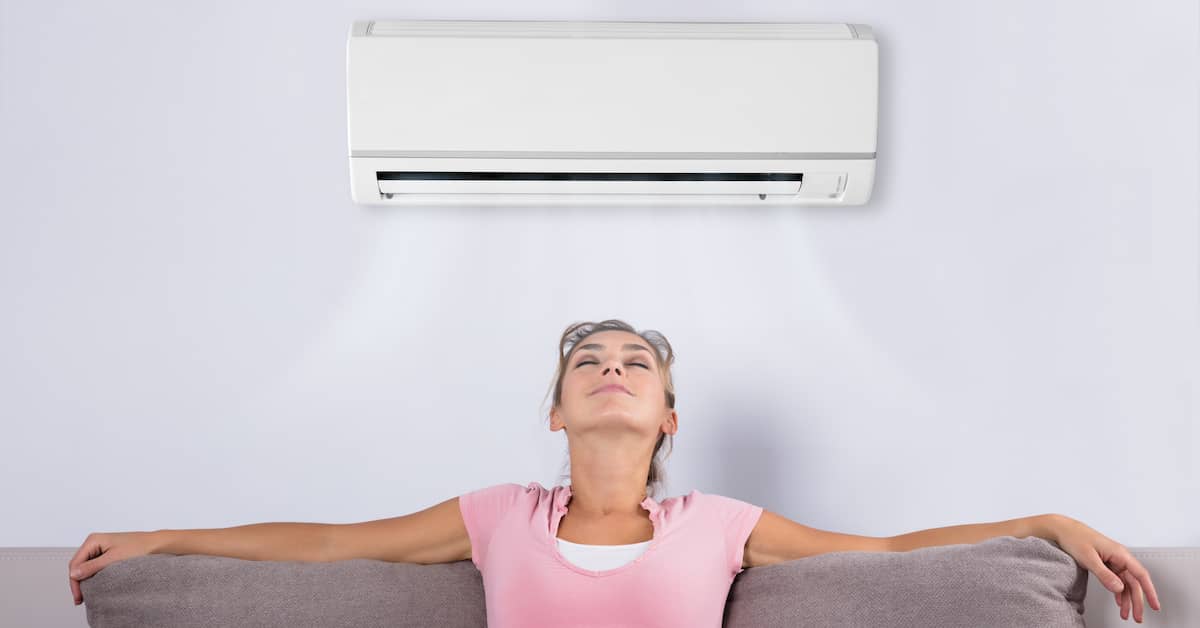
How to Fix a Drafty Door
Drafts are a common issue homeowners in Colorado face. Although comfort is the primary concern when it comes to air leaks around a home’s exterior doors, a draft from one or more doorways can result in significant loss of heated or cooled air.
A draft occurs when gaps form around doors and windows, allowing outside air to get in the house. In fall and autumn, this can make the inside of your home cold and force your heater to work harder. In the summer months, the infiltration of warm air might make you crank up the fans or AC in order to stay cool.
Even small gaps can result in big problems. A quarter-inch gap at the bottom of a 3 foot door is equivalent to having a 3-cubic foot hole in the middle of the door.
If you are tired of running the air or heat all the time and you suspect a drafty door is to blame, there are several steps you can take to fix the problem:
1. Know the Problem
Inconsistent heating or cooling and high electric bills are usually the result of more than just one leaky door. If you have difficulty controlling the temperature in your home or you want to save money each month on energy, it may be a good idea to have your home professionally evaluated for issues affecting insulation, air sealing, and more.
A comprehensive home energy audit can tell you all of the problem spots in your home. In addition to finding doors that let outside air in, the energy audit can help you determine what other work may be required to improve your home’s energy efficiency.
2. Check the Alignment of the Door
The first thing to do before buying weatherstripping and new parts is to see how well your door fits in the frame. If your door sticks or stops when you try to open and close it, be sure to check the following:
- The hinges are properly installed on the door and door jamb
- Screws are not loose or missing from the door hinges
- The door sweep is installed properly
- The threshold of the door is screwed or bolted down tightly
- If the door is made of wood, check for warping
You should also check the current weatherstripping to see if it is degraded or if too much was applied in the past. Damaged weatherstripping lets in external air, but using too much weatherstripping can cause the door to stick or not close properly – which also creates a draft.
3. Choose the Right Weatherstripping
Once you determine the cause of the drafty door, you can move on to fixing it. Spring bronze or plastic V-strips are great material for the top and sides of the doorway.
You will need to measure the space around the door to determine how much weatherstripping you will require. After removing any old weatherstripping, you can start installing the new weatherstripping.
Because of the foot traffic, even heavy-duty weatherstripping may prove inadequate for sealing the bottom of an outside door. Fortunately there are alternative options for reinforcing this section.

4. Choosing a Door Sweep, Door Shoe, or Door Threshold
The bottom of the door requires a durable sealant that can withstand regular opening and closing and a high volume of people going inside and outside. The following options can be installed on their own or together, depending on your needs:
- Door sweep
- Door shoe
- Door threshold
A door sweep attaches to the bottom of the door. The rubber gasket seals the space between the bottom of the door and the threshold, keeping warm or cool air inside the home and outside air where it belongs.
With a door shoe, the rubber gasket is on the bottom edge of the door. It is designed to fit snugly against the threshold of an external door.
Finally, special metal thresholds with rubber gaskets can seal the door from the bottom up. The seal withstands foot traffic better than weather stripping, and it can be effectively paired with a door shoe to seal a large gap on the lower portion of the door.
5. Check Your Results
After you install weatherstripping and seal the bottom of the door, you should start noticing significant improvements in the comfort of your home and the consistency of cooling and heating. The real test, however, comes in energy savings.
If you start to save simply by improving the seal on one or more exterior doorways, congratulations! However, you may discover that your energy bill continues to be higher than you want.
If this is the case and you skipped the home energy audit, it may be time to reconsider this option. Home energy auditors test not only the seals around doors and windows but the overall condition and effectiveness of home insulation.
Contact REenergizeCO for a Home Energy Audit
REenergizeCO is a Colorado-based home energy company that combines building science and exceptional customer service to help homeowners throughout the Front Range enjoy greater comfort, savings, and energy efficiency. Our BPI-certified energy auditors perform thorough diagnostic tests and provide comprehensive estimates on the services that may benefit your home.
For more information on how to save energy at home or to schedule your home energy audit, please contact REenergizeCO today. We serve homeowners in Denver, Fort Collins, and throughout the Front Range.
"*" indicates required fields


